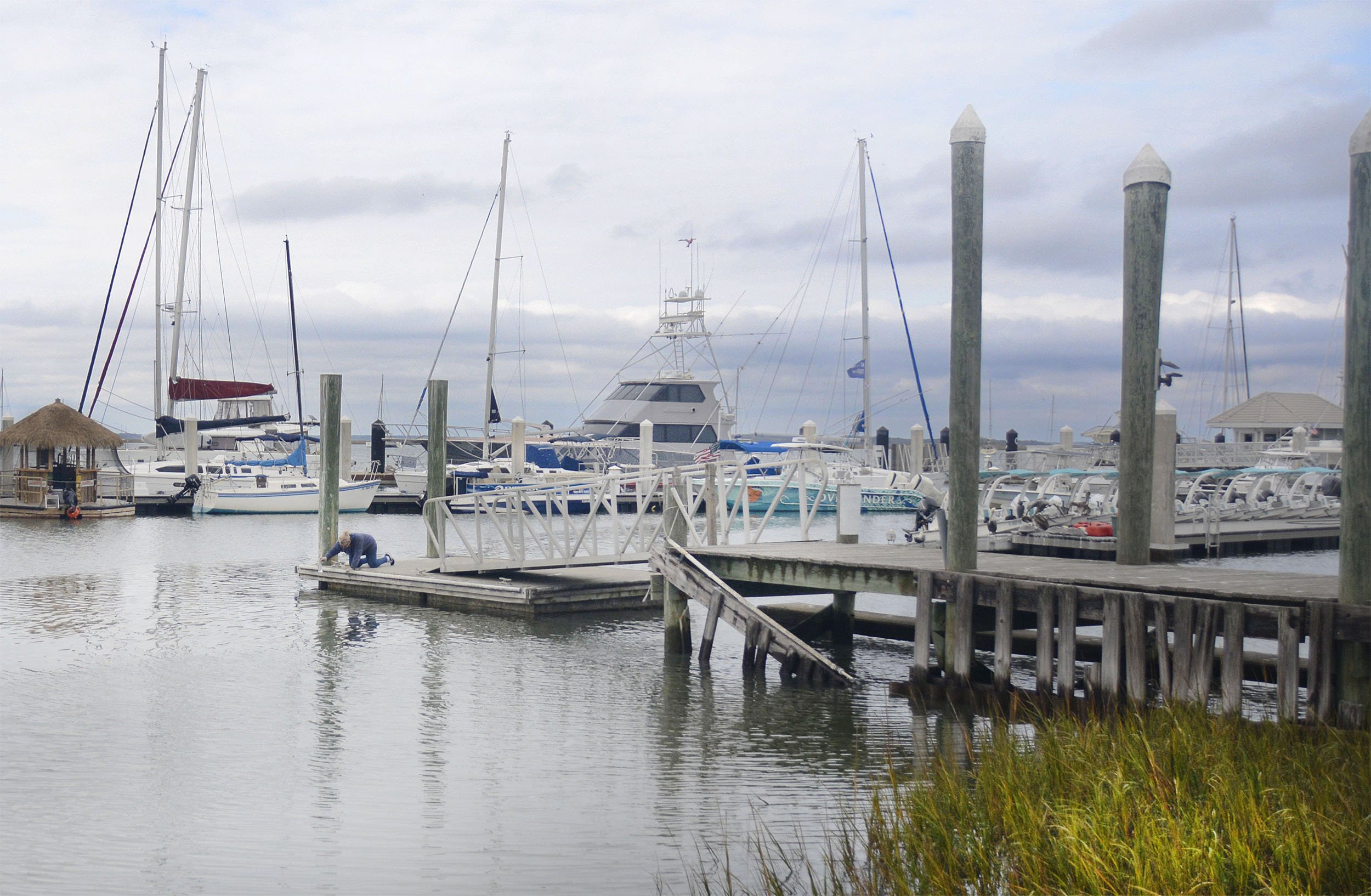
Water Quality
Our streams, rivers, springs, oceans, and underground aquifers provide the drinking water, food sources, and habitat to sustain future generations of humanity and wildlife. Protecting our source waters (drinking waters) from pollution allows fisheries, wildlife, and humanity to continue to flourish.
Initiatives
Impaired Beach Water at Fernandina Beach Jasmine Street Access
Beach waters at the Fernandina Beach Jasmine access were declared "impaired" for high bacterial counts by a Florida Secretarial Order on 7/11/2022 . The Florida Department of Health (FDOH) discontinued testing at the Jasmine site after 11/13/2019. This appears to be due to budgetary constraints. As of 11/14/2019, there has been no further FDOH test data to indicate the safe or unsafe condition of the beach waters at Jasmine St. However, other beach areas on Amelia Island are being tested by the FDOH. Over a period of several years there have been no investigations initiated at the Jasmine site to locate the source of the high bacterial counts.
Conserve Nassau is concerned for safe water quality standards for our beaches and our recreational waters which make our communities economically viable and our environment safe for all. We have asked our City and County Commissioners to write to the Florida Department of Health and the Florida Department of Environmental Protection requesting that they resume testing at the Jasmine access. Conserve Nassau is also engaged in our own exploration of potential sources of beach contamination.
Rayonier Performance Fibers Industrial Waste Disposal
The Rayonier Performance Fibers plant in Fernandina Beach is seeking a permit for continued industrial discharges into the Amelia River and disposal of concentrated waste into a sludge field in Yulee. Many of the questions Conserve Nassau has about levels of contaminate discharge or disposal, monitoring, the extent of contaminate influence, and health risks remain unanswered.
The discharge outfall into the Amelia River is referred to as the Rayonier mixing zone. It is midway between the St. Marys River, Cumberland Sound and the Fort Clinch State Park Aquatic Preserve to the north and the Nassau River, Nassau Sound and the Nassau River-St. Johns River Marshes Aquatic Preserve to the south. This is one of the largest estuaries in the county and serves as a nursery for fishes and shrimp, which contribute to the area’s fishing and shrimping, sport fishing and tourism industries. Flows from the estuary contribute to manatees, sea turtles, Bald Eagles, and a wide array of resident and migratory bird habitats. In addition to potential economic implications, pollution in this area has serious human health and environmental implications, locally, regionally and in ocean waters.
The sludge management site in Yulee is, like much of Nassau County, low-laying coastal area with extensive wetlands, streams, and rivers. The site and surrounding area are threaded with interconnected wetlands and is upstream within the regional connections to Loftin Creek and the Nassau River. Conserve Nassau has been able to find out little about site preparations to prevent leaching into the wetlands and nearby neighborhoods or adequate levels of monitoring to assure identifying issues before they grow.
Rayonier discharge outfall site on the Amelia River
Rayonier sludge management site on the Amelia River
Some concerns include:
Disruptions, mixing, and dispersal that may occur with extreme storm events such as hurricanes.
Unclear quantities and management for release of 2,4,6 Trichlorophenol, a highly toxic chemical.
Release of heavy metals into the Amelia River estuary and monitoring of nearby marshes, downstream habitats and water supplies.
Proximity of rapid suburban growth to the sludge disposal site.
The presence of the fecal coliform, Klebsiella pneumoniae, been found to cause pneumonia cases in humans and animals and can promote the spread of algae blooms.
The Rayonier paper plant in Port Angeles, Washington was recommended as an EPA Superfund site. What is similar and different about our plant?
Water Quality Resources
-

Discover St Marys Riverkeeper and Help Collect Water Samples.
-

Pollutants of our Impaired Waters
-

St Marys River Water Testing Results
-

St Marys River No Swim Areas by Date






